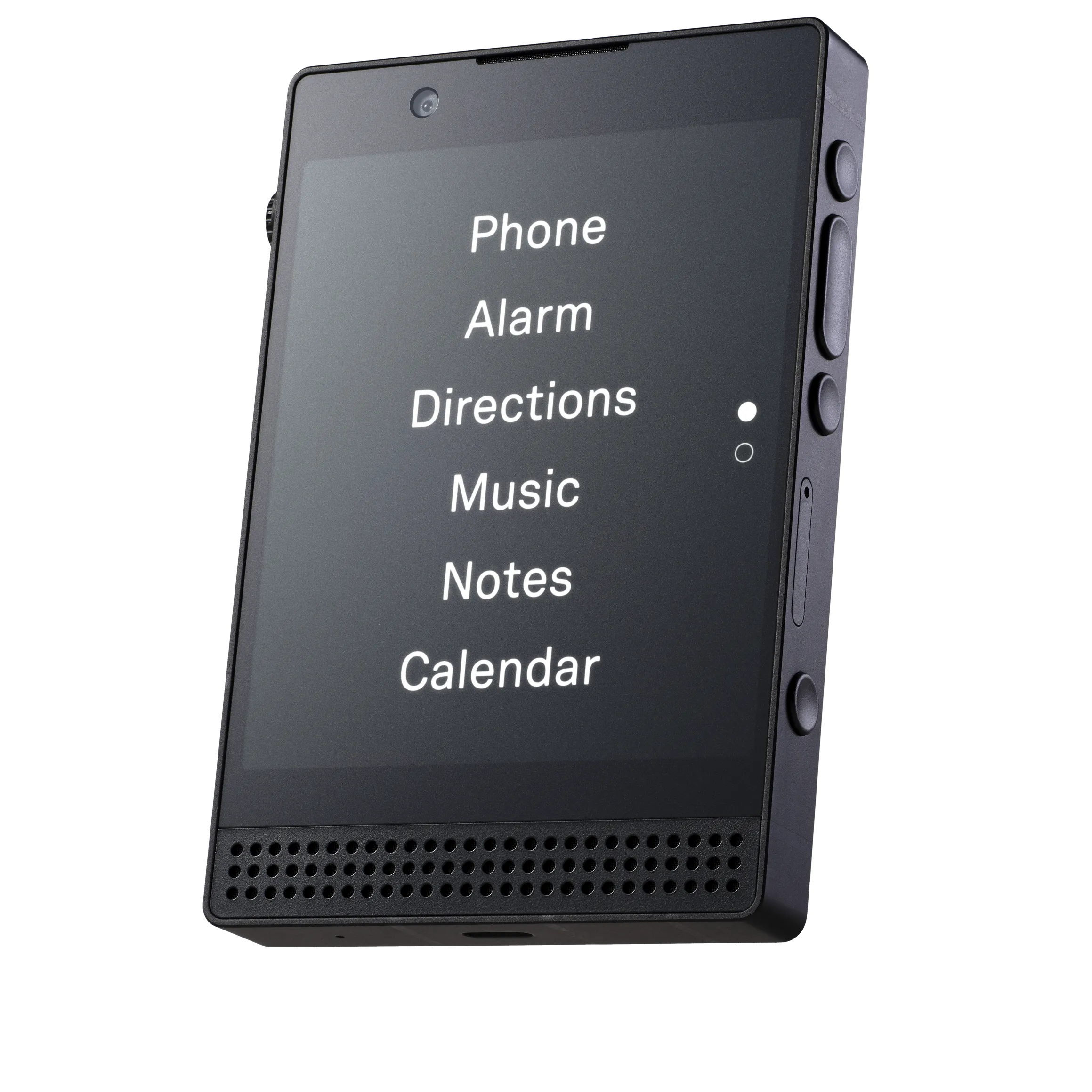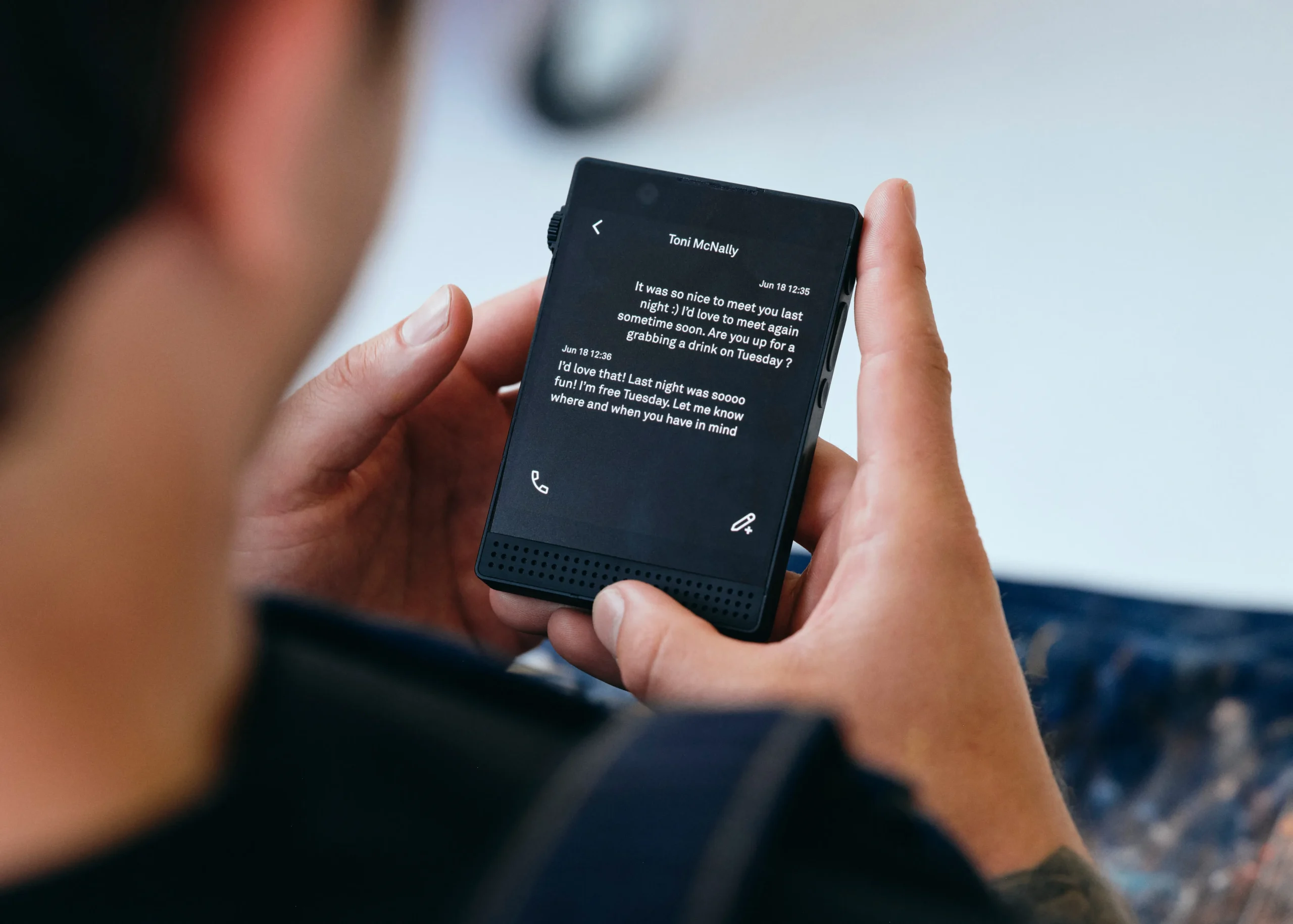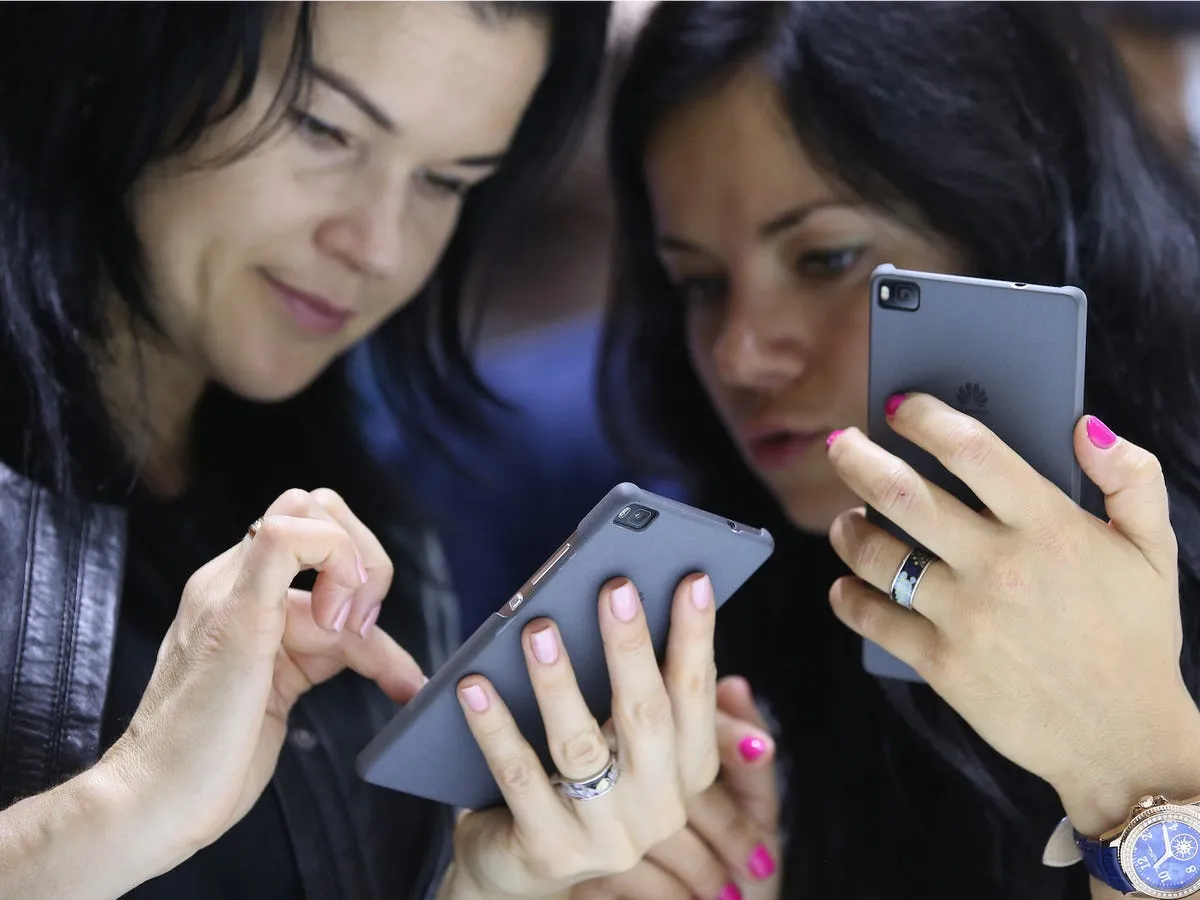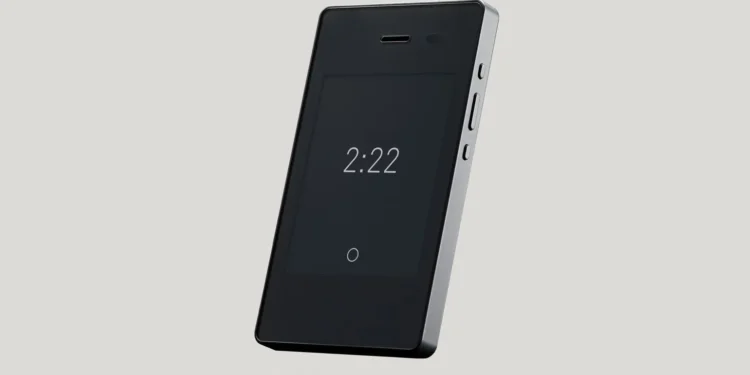We’ve all been there: endlessly scrolling through our phones, checking social media, emails, and news until we realize we’ve spent hours lost in digital noise. It’s the modern ailment many are calling “brain rot” — the inability to focus or think deeply after too much screen time. In a world where our smartphones are often our primary tools for productivity, entertainment, and socializing, it’s becoming harder to escape this constant digital buzz. But what if the solution is to go backwards instead of forward?

Enter the Light Phone III, a minimalist phone designed to offer a break from the digital overload we face every day. At $600, this stripped-down device aims to help users regain control over their lives by removing most of the distractions that smartphones bring. It can place calls, send texts, take photos, and provide basic map directions—but that’s about it. No web browser. No social media. No app store. The idea is simple: you use it when you need it, and it disappears from your life when you don’t.
I decided to give it a try, wondering if using a “dumber” phone could really cure my brain rot. Could a phone that does almost nothing help me become more mindful and productive, or would it end up being more of a hassle than a help?
My Experience with the Light Phone III: The Reality of Living with Less
As I started setting up the Light Phone III, it quickly became clear that this was not your average smartphone. The setup process involved using a web browser on my computer to add basic tools like a maps app, timer, and notepad. The phone itself is simple—its black, rectangular design is devoid of the usual distractions we’ve come to expect from our devices.

When I first started using the Light Phone, there were moments when I felt liberated. While waiting for a train, I wasn’t tempted to scroll aimlessly through my phone. At the gym, I didn’t feel the urge to check notifications between sets. I even felt more connected to my surroundings during meals and other moments when I would normally zone out into my smartphone screen.
The phone’s calls were clear, and the maps app was functional enough to get me around town. It felt like a return to simpler times when phones were used primarily for communication, and once you hung up, you put the phone away.
But as the week went on, the drawbacks of this minimalist device began to surface.
The Downsides: Real-World Struggles with a Phone That Does Less
As much as I tried to embrace the simplicity of the Light Phone, it became increasingly clear that the world has moved on from the days of basic phones. My first test came during my commute. I rely on my smartphone’s mobile wallet to access my transit pass, but the Light Phone doesn’t support mobile wallets. I had to turn back home, grab my iPhone, and ultimately arrived at the office 30 minutes late.
The Light Phone’s lack of a web browser also became a major obstacle when I visited my gym. Members use their phones to log in and generate a barcode for entry. Without a browser or app support, I had to wait in line at the front desk, a minor inconvenience but one that illustrated just how much our digital lives depend on smartphone features.
Communication and Everyday Tasks: Not All Fun and Games
Texting on the Light Phone was another experience that reinforced just how much we’ve grown accustomed to modern smartphone features. Without autocorrect, my messages were full of typos, and typing on the small screen felt sluggish. Even simple tasks, like sending photos, turned into frustrating moments. The camera, with its grainy, poorly lit images, didn’t help either. I sent a blurry photo of my daughter to a friend, only for them to reply, “Retro!” My corgi didn’t fare any better, with another friend commenting, “Wow, that’s bad.”

Running errands with the Light Phone was a true test of patience. At one point, I had to drop off an Amazon return at a UPS Store. The Light Phone’s lack of email and web browsing meant I had to display a screenshot of my QR code, which led to multiple failed scans before finally succeeding. While the task was eventually completed, it was a cumbersome process that would have been much simpler with a standard smartphone.
Is the Light Phone Really the Cure for Brain Rot?
By the end of my week with the Light Phone, I couldn’t shake the feeling that it wasn’t the solution to my brain rot—it was more like a temporary escape from it. The phone’s design certainly encouraged mindfulness, but the lack of essential features made everyday tasks unnecessarily difficult. While I appreciate the goal of the Light Phone—to give users a chance to unplug and experience life without distractions—I’m not sure it’s a realistic option for most people, especially those who rely on smartphones for work, communication, and daily tasks.
That said, the Light Phone could serve as a secondary device for people looking to take breaks from their primary smartphones. It could work well for a weekend getaway or as a leisure phone for parents looking to minimize distractions for their children. But for those of us who rely on smartphones for everything from work to paying bills to controlling smart home devices, the Light Phone is more of a novelty than a practical replacement.










